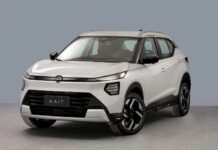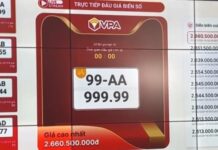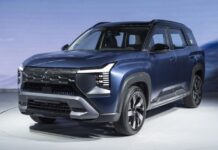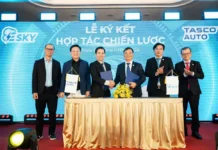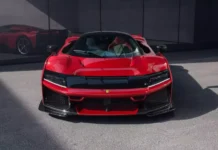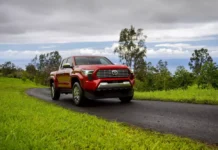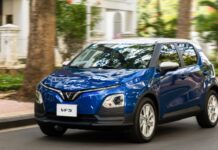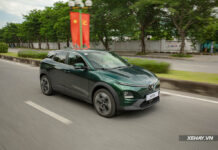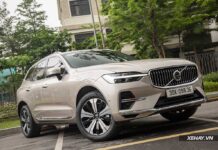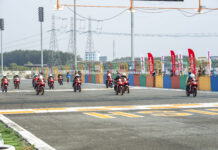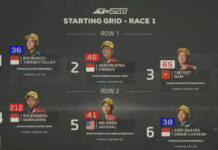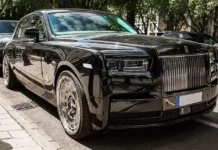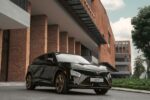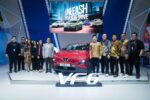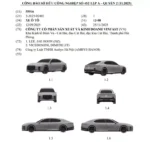Chevrolet, one of the oldest automotive brands, is the latest to exit the Chinese market. The SAIC-GM joint venture between China and the US is facing a decline in market share and is strategizing to cut losses across its three brands: Chevrolet, Buick, and Cadillac.
Chevrolet’s sales in China have been on a downward spiral for the past six years. In 2018, the brand sold over 640,000 vehicles to Chinese consumers. However, by 2023, this number plummeted to 168,588, according to China EV DataTracker. The situation further deteriorated in 2024, with a record decline of 68.7%, resulting in only 52,774 vehicles sold.
From January to April 2025, Chevrolet managed to sell just 5,314 vehicles in China, a 75.9% drop compared to the same period last year. Their monthly sales average stands at a meager 1,300 vehicles, with the Monza model accounting for 80% of these sales. This represents a staggering 97.6% decrease from their 2018 monthly average of 54,300 vehicles, as calculated by CarNewsChina.

Chevrolet is preparing to exit the Chinese market.
According to China’s Zaker website, all Chevrolet models that were not yet in mass production have been indefinitely delayed or effectively canceled. These models, with internal codes C223, C1YC-2, and D2UC-2 ICE, were tailored for the Chinese market and intended for release in late 2023. However, due to Chevrolet’s challenges in China, they never made it to market.
The C223 was envisioned as an all-electric SUV named the Chevrolet Trail EV. Meanwhile, the C1YC-2 was to be a premium SUV, and the D2UC-2 ICE was a new version of the Chevrolet TrailBlazer. SAIC-GM’s general manager, Lu Xiao, denied rumors of Chevrolet’s exit, stating, “We will not give up on Chevrolet.” However, a source close to the joint venture clarified that this meant they would not abandon existing Chevrolet users and assured continued after-sales service and maintenance support.
Chevrolet’s struggle in China mirrors that of many foreign brands. Despite China’s electric vehicle market share reaching nearly 50% last year, Chevrolet remained heavily reliant on gasoline-powered car sales, with only about 5% of their sales coming from electric vehicles due to a lack of options for Chinese consumers. Even their existing electric model, the Chevrolet Trailblazer PHEV, failed to gain traction.
Chevrolet’s absence from the Shanghai Auto Show this year, coupled with dealer withdrawals and after-sales service issues, further underscores their challenges. As the electric vehicle price war in China rages on, longstanding automotive brands like Chevrolet will continue to face an uphill battle in this evolving market.
Prior to China, Chevrolet also exited other markets outside the US, including Thailand and Vietnam.
The Ultimate VinFast Offer: It’s Time to Go Electric
“With a nation-wide loyalty program, VinFast is offering an incredible 4% discount across its entire range of electric vehicles. This initiative, titled “Vietnamese Spirit Ablaze – For a Green Future”, is now in its third iteration and makes VinFast’s cutting-edge, eco-friendly cars even more accessible to families across the country. It’s a bold move that ignites a passion for a sustainable future.”
Electric Vehicle Charging Stations in Vietnam: The Race That Can’t Afford to Slow Down
The shift towards electric vehicles is not merely about changing personal choices; it poses a significant challenge to the existing infrastructure. With a rapid surge in electric cars on our roads each year, the question looms: Is Vietnam’s charging infrastructure ready to keep pace and avoid being left behind?

